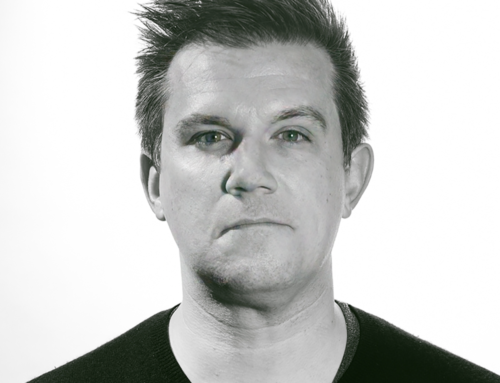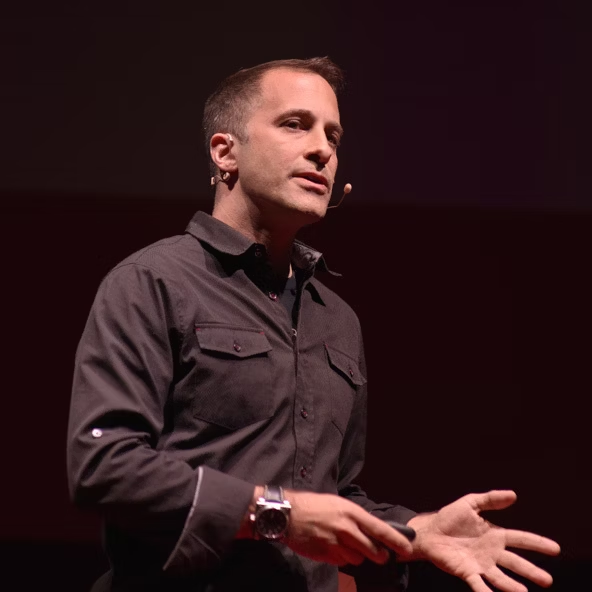There are many perceived traits about people who call themselves Ozarkians, but I don’t thin k you could really call yourself an Ozarkian without ever having been floating down one of our beautiful rivers. It’s a great chance to relax and reflect about life, the past….and the future. For most people who are floating, the future only extends as far as the water they can see down the river. But what is around the bend? If you cannot be ready for all situations, wouldn’t you at least like to know what is possible, probable, and even likely?
k you could really call yourself an Ozarkian without ever having been floating down one of our beautiful rivers. It’s a great chance to relax and reflect about life, the past….and the future. For most people who are floating, the future only extends as far as the water they can see down the river. But what is around the bend? If you cannot be ready for all situations, wouldn’t you at least like to know what is possible, probable, and even likely?
In need of a river guide?
Wouldn’t you like to know when to fight the current and when to allow it to guide you? Does your organization feel stale? Perhaps it’s because you are stuck in shallow water. Wouldn’t you like a little assistance to keep you afloat so that others don’t pass you by? Are you wondering how long the river journey will last, if you have enough resources, or if you are even in the best craft to make the journey?
Is your organization a kayak, a canoe, or a raft?
Is your organization a kayak? A speedy and agile kayaker doesn’t worry about tipping because they can immediately right themselves? A kayak cannot carry the resources for an extended journey, but it is agile and lightweight enough to push through shallow water. The solo kayaker on the river must constantly look ahead.
Is your organization a canoe? Slower, less agile, and steered by a team of several paddlers who are always in need of clear communication about the path ahead. If a canoe tips it is recoverable, but a very difficult and time-consuming task. Canoes can carry enough resources to make the full river float but can be carried in shallow water.
Or is your organization an inflated raft? A raft is considered untippable, typically carrying many passengers and holding enough cargo to sustain very long floats. Passengers in a raft are not concerned with looking ahead because they are not afraid of tipping since a raft moves much slower. Its sheer size buffers rough water and other obstacles. But if a raft were to tip, so much would be scattered that it would be unrecoverable. It is also highly susceptible to getting stuck and being punctured by a sharp rock in shallow water. When approaching a fork in the river, any attempts to change direction must be made well in advance and need to be anticipated.
A futurist will help you with all of these issues through analyzing the systems, statistics, social change theories, and other researched data which drives the future around you. Challenging your preconceived ideas about the future and resulting in the affirmation of your current path or spurring new ideas for innovation and opportunities like inventing a new way to float!
A futurist will ultimately help you explore not only what is “around the bend” for your organization but where the river is going. Through evaluating your assumptions, pointing out future obstacles and opportunities, and helping you to implement the changes, a futurist will help to guide you on the river which ends at your preferred future. — Seth Harrell





